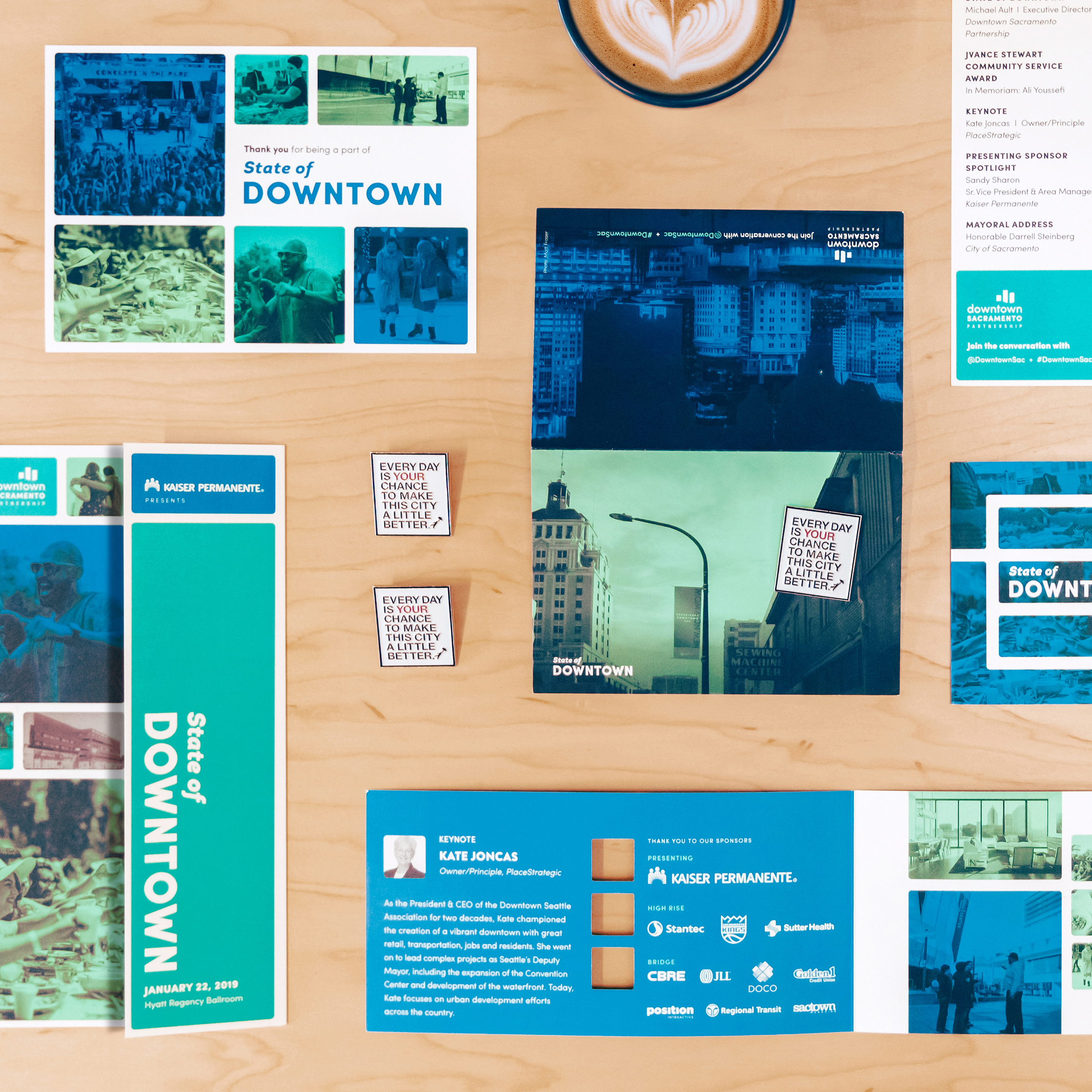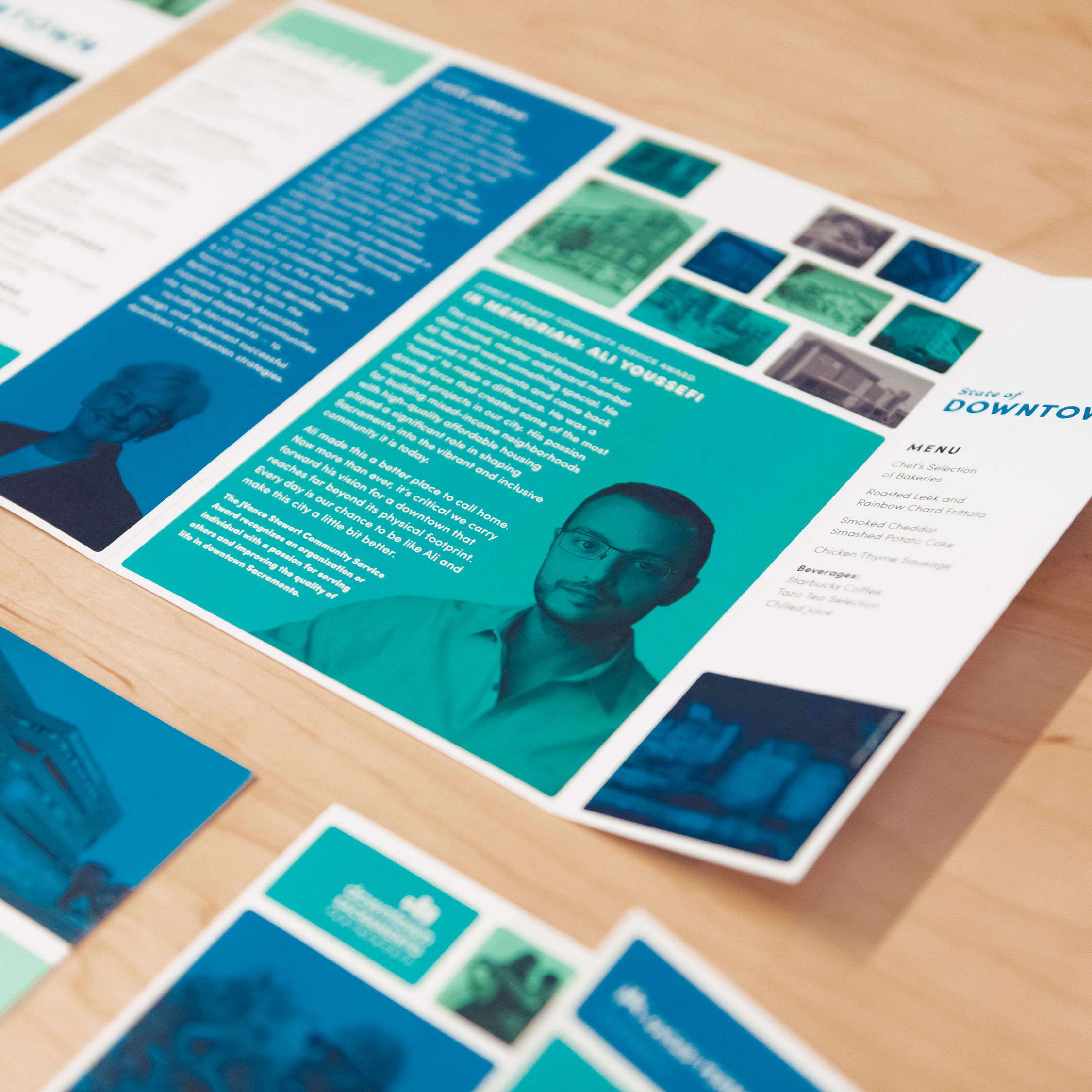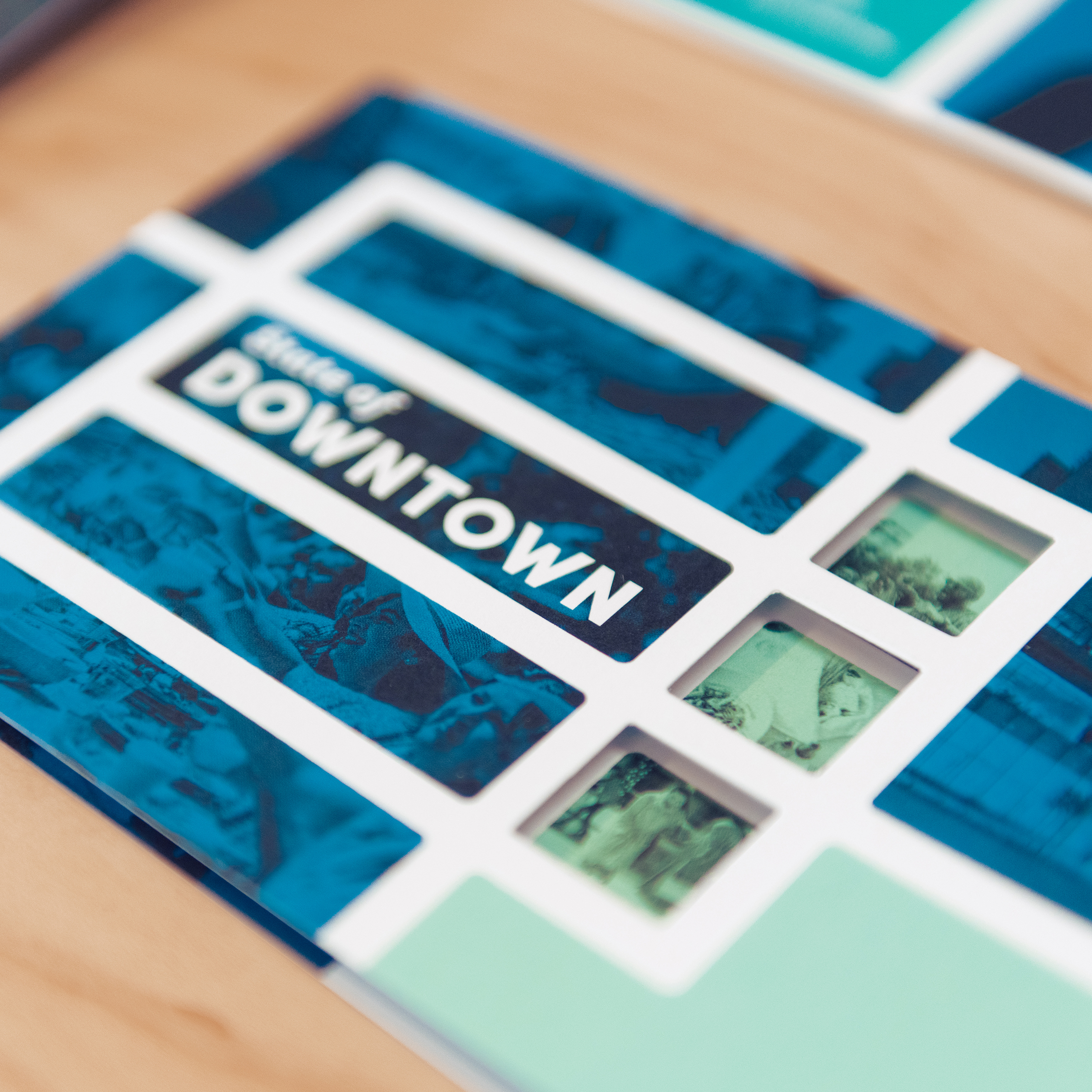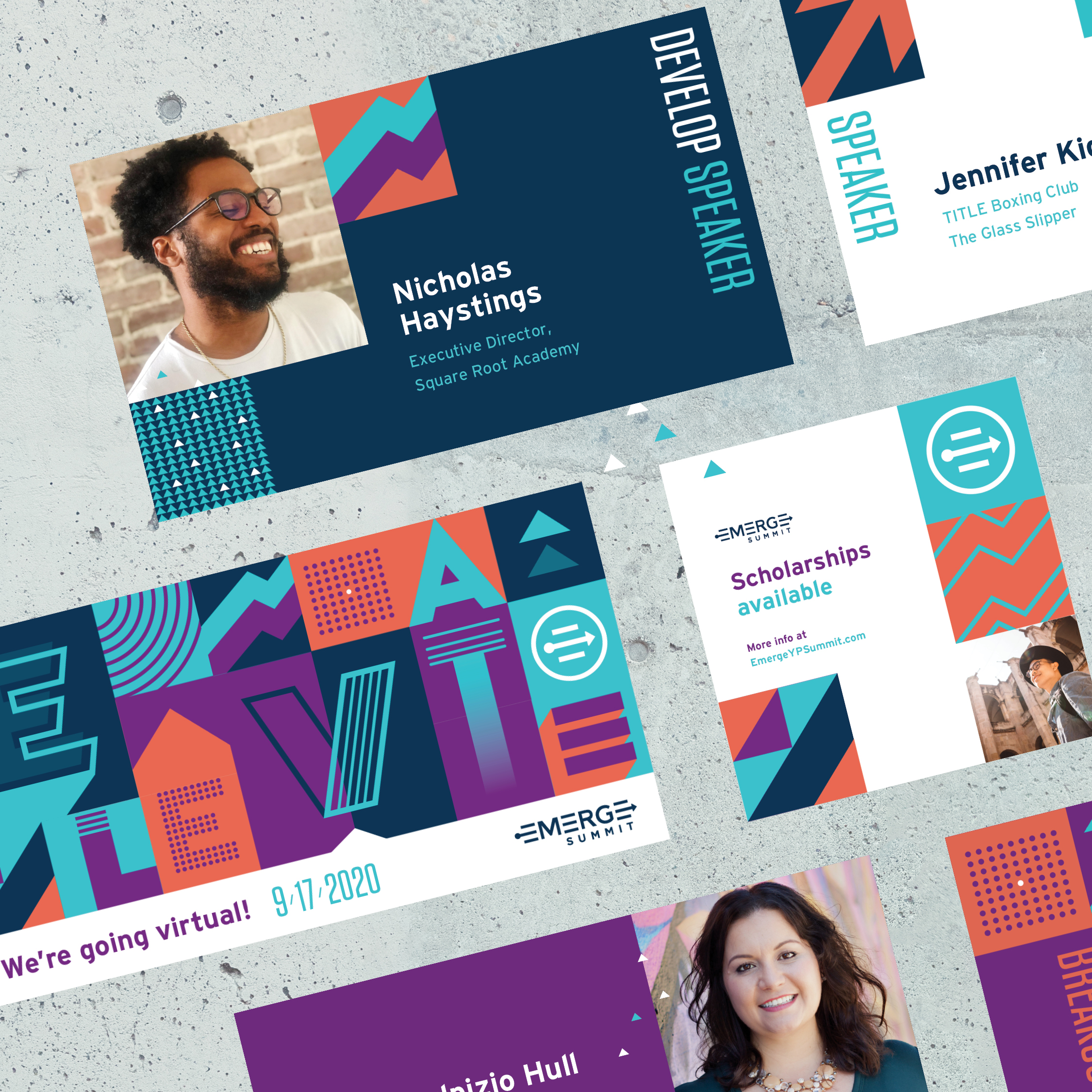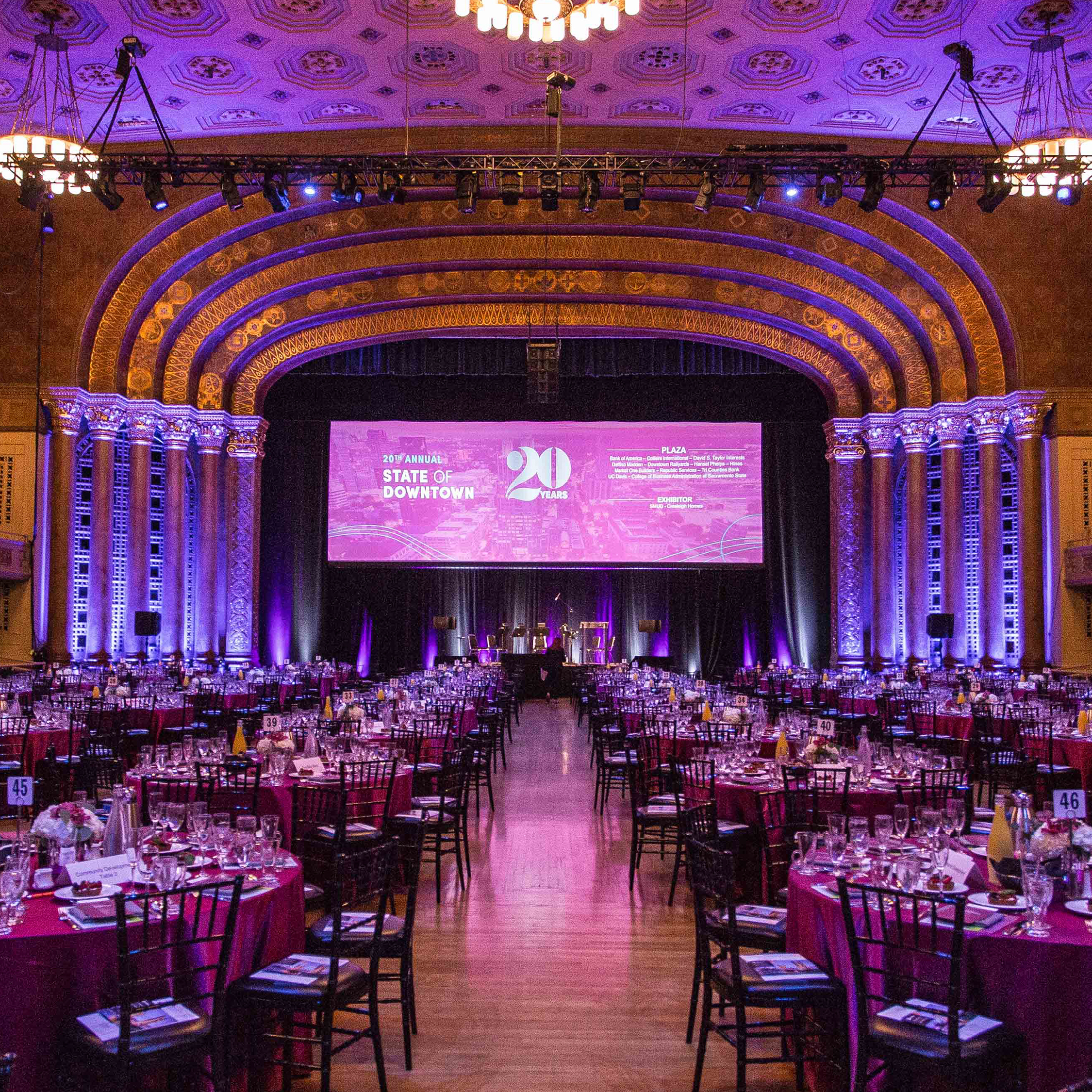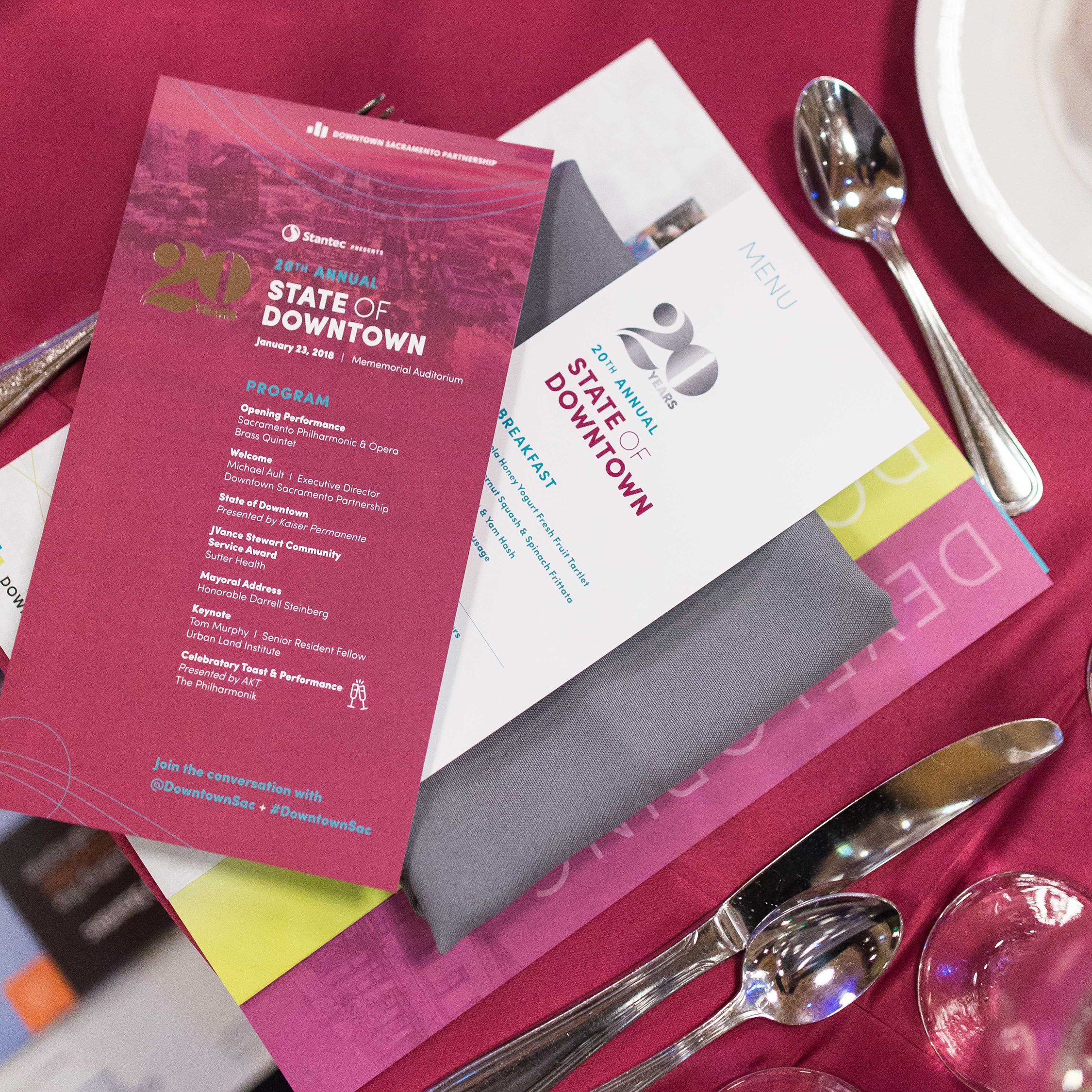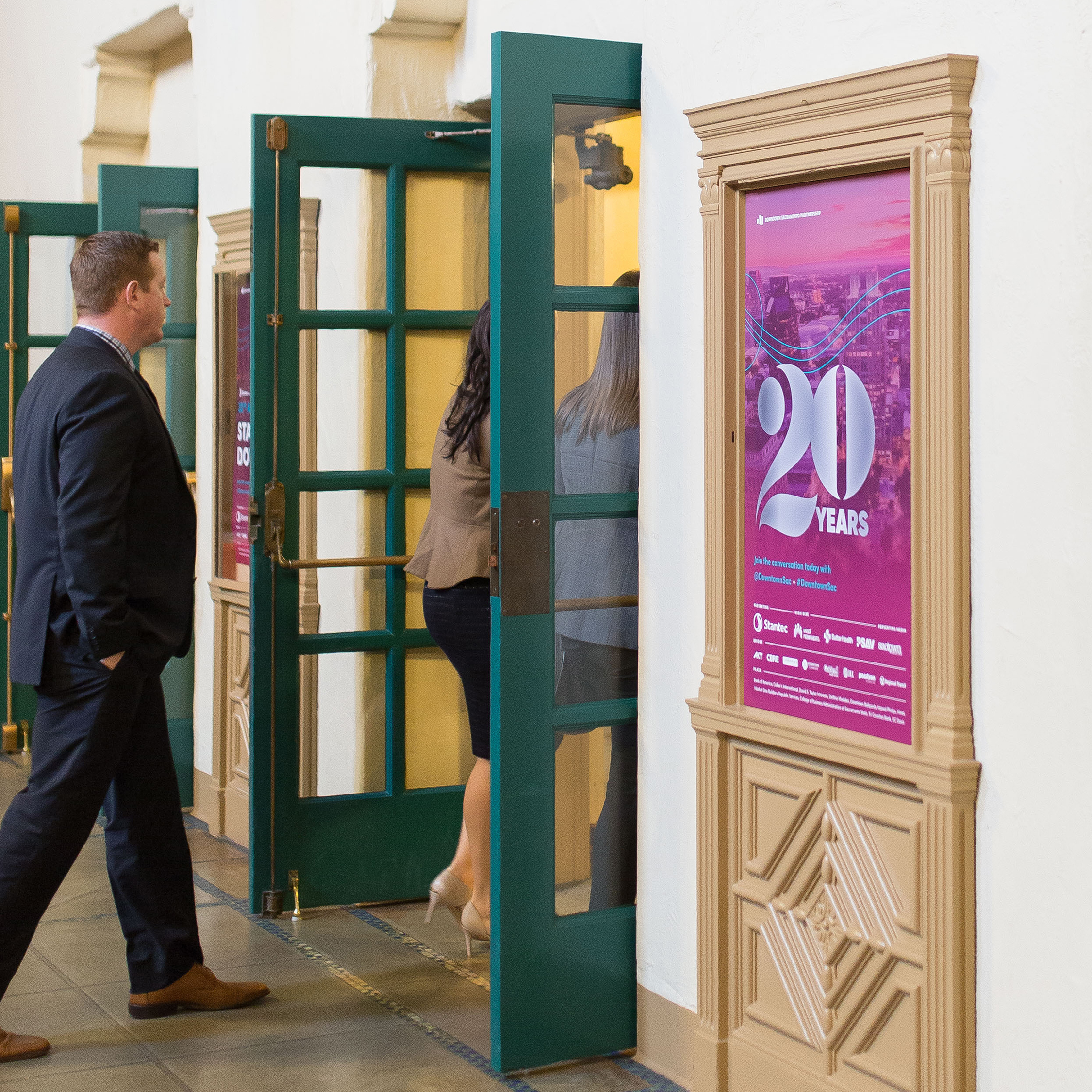Conventions, annual conferences and galas are make-or-break deadlines on your calendar. These events provide a pivotal connection point between the services you provide and the members you serve. Each aspect of your event presents an opportunity to make a positive impression on your most important audience.
A memorable, impactful event doesn’t happen by accident. The amount of time and resources required to create an elevated event will vary depending on your goals. What remains consistent is your need to produce the kind of branded experience that delivers value for your members.
Organizations Need a Head Start on Planning Branded Events
You need to incorporate enough time in your schedule to create the kind of branded event that boosts attendance, increases sponsorship, and secures a sustainable future for your organization. An event created with a cohesive design delivers an elevated experience that fosters engagement, loyalty, and trust among members and energizes them for the year ahead.
Rushed, disjointed events are as stressful to host as they are to attend. Along with missing the chance to nurture a vital connection with current and prospective members, there is also the very real risk of burning out your staff when working under too tight of a schedule.
How Long Does It Take to Successfully Brand an Event
Branded events require anywhere from three to six months to plan and produce. And that’s only after the procurement process is complete and the contract is signed. This means you should get started on your procurement process up to a month or two in advance of your desired project start date.
Allowing sufficient time to deliver the assets you need for an elevated event experience is crucial. To put it simply, a branded event takes time to create because so much goes into its development.
A successful event branding project incorporates the following elements:
- Strategy: What are your goals for the event? What does your audience need? What resources are available at the venue? You and your agency need to answer core questions like these to uncover the strategy for branding your event.
- Messaging: A successfully branded event functions as an extension of your organization and its mission. Your event’s marketing and experience needs to reinforce the core message of its purpose and your goals.
- Visual design: Every visual element leading up to and during your event needs to communicate a clear message that’s true to your brand.
- Collaboration: From your internal team to the event planner and the venue’s AV staff, everyone needs to work together to maximize the attendee experience. Collaboration is crucial to transforming branded events from good to great.
Throughout your event’s branding process, you can’t forget to keep your internal stakeholders informed about its progress. Otherwise, you run the risk of disrupting your timeline as your board or executive leadership may demand last-minute changes.
When you’re working with the right partner, an advance site visit provides a crucial view into your event’s possibilities. Are there areas of the venue you can utilize to create a more engaging experience for your members? Even if your organization has used the same space before, a creative partner adds a fresh perspective to recognize new potential for your event’s branding.
Developing a Look & Feel That Serves Your Brand
You need more than a kitschy theme for your signage and programs to deliver a branded event that makes an impression on your members. Too often, organizations leave elements such as colors and themes up to arbitrary preferences or what approaches have been used in the past.
Your event should be designed in a way that’s consistent with your organization’s needs. You can’t just pull your event’s visual aesthetic out of a hat. You and your internal team can explore your options by brainstorming and concepting the framework for a branded event experience.
Designing Deliverables to Create an Elevated Event Experience
Your organization’s event can’t use a one-size-fits-all solution. The deliverables required for your annual fundraising gala won’t be the same for a three-day conference. As you and your agency collaborator develop the strategy for your event, you’ll gain a clearer view of its assets.
The right agency will also help guide your investment by figuring out the most impactful deliverables to benefit your brand. The deliverables specific to your branded event may incorporate the following:
- Sponsor sheets
- Custom invitations
- Social promotion assets
- Digital and printed signage
- Menus, dinner tickets, table numbers
- Save the date reminders
- Promotional ads
- Programs
- Presentation deck, video, & animation
- Giveaway items
Factors Impacting the Timeline for Any Branded Event Project
At the beginning of a project your agency will develop a custom plan and timeline based on your needs and availability.
The following common factors can potentially increase (or decrease) the time needed to ensure your event delivers an elevated, branded experience:
- Sponsorship deadlines: Holding back event deliverables in the hopes of landing one last sponsor creates massive headaches and unnecessary stress for your staff and vendors. Instead, include deadlines for each deliverable in your sponsor packet. This way you’ll be able to pick up late sponsors, with the understanding that they won’t be recognized in certain deliverables if it’s past the deadline.
- Changes in scope or your organization’s goals after discovery: Every stakeholder should be informed about the project and its progress to prevent disruptions in the timeline. Sudden shifts in requirements can easily derail your team’s progress.
- Complexity in deliverables: Complex and custom branded assets and activations require more time to plan and execute, yet deliver a bigger impact. Make sure to plan accordingly and get started early enough to get them done in a timely manner.
- Lack of availability of your team or vendors: Successful branded events demand ongoing involvement from your internal team. You need to be an engaged participant to ensure your project stays on schedule. In addition, being proactive in coordinating with outside vendors to secure any assets your event needs will also protect your timeline.
5 Tips for Keeping Your Branded Event Plan on Schedule
Creating an elevated event for your organization shares the same DNA as developing a new website or any other project. Except the stakes are higher when it comes to your final deadlines. When your venue is booked and your members have paid for their travel and accommodations, you have no options. Your event kicks off whether all its branded elements are in place or not.
You can protect your schedule by following the following 5 tips:
- Maintain consistency in communication. Your agency partner depends on your organization to deliver timely feedback. You should appoint a liaison that will prioritize the project and ensure that lines of communication remain open between your organization and the agency.
- Stick to agreed-upon timelines. As your project begins, carefully review the timeline and share any concerns. Conflicts such as vacations or major initiatives scheduled at the same time as the run-up to your event should be addressed to keep the project on track.
- Be the leader of your team. As the head of marketing or communications, your organization’s event is your responsibility. You should take ownership of the project by consistently thinking about the requirements before each deadline. Whether it’s sending feedback or ensuring it’s consolidated to eliminate conflicting information, you have to ensure your team plays its part.
- Get buy-in from stakeholders early. Identify project stakeholders and engage them in the discovery phase, so they feel heard and aligned with your event’s goals. Additionally, regular check-ins and progress reports can help ensure that everyone is on the same page and that any potential issues or roadblocks are addressed early on.
- Create a list of critical priorities if timing is tight. You can adjust the scope of your branded event if your organization is short on time. For example, if you’re short on time to send Save the Date announcements, you can base their designs on your corporate corporate brand rather than rushing the branding of your entire event.
Of course, without gathering all the details, your organization can’t really know the time required to transform your event into an elevated branded experience that will better serve your goals, and your members. If you’re looking to get started, we should talk about the next steps.



